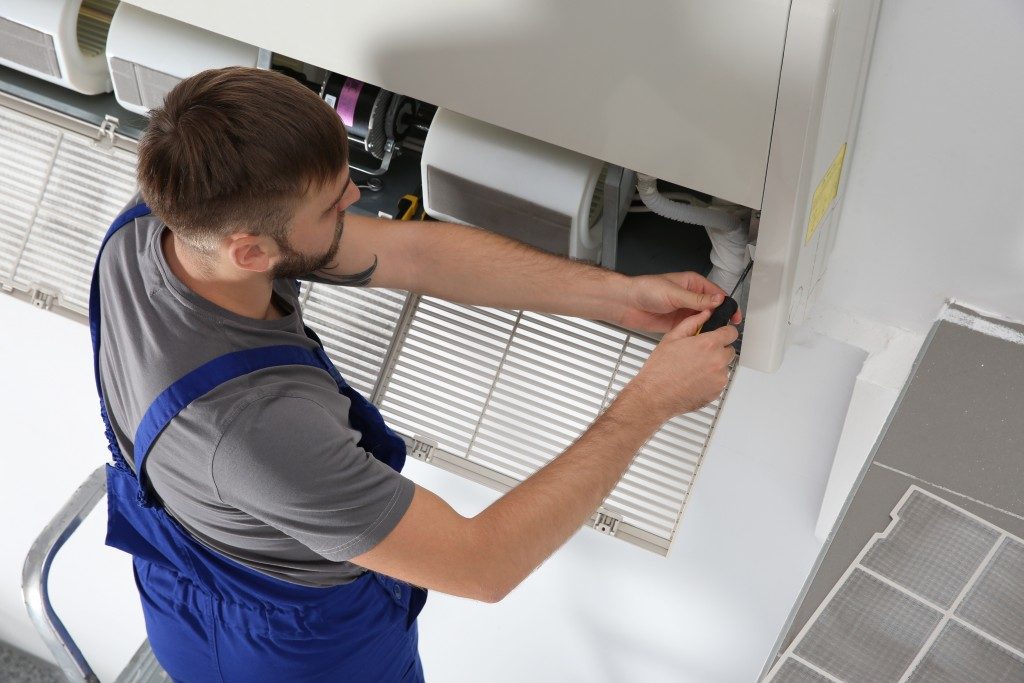Several options now exist for your air conditioning unit. One of the most common in most properties nonetheless remains the central air conditioner. This comprises an indoor and outdoor unit, and has reduced noise levels, is easy to use and cleaner air compared to other units. Moreover, it takes up minimal indoor space and is the most effective for air circulation in all parts of your building. The outdoor unit is more vulnerable to frequent breakdowns owing to its exposure to outdoor elements and interference from animals.
Most central air conditioning owners in Riverton will thus aim to keep the area around their outdoor units clean and debris-free. This is commendable, but your outdoor unit comprises several parts. To this end, routine expert maintenance service is essential to remove the elements that ordinarily settle on these parts and keep your air conditioner working as it should. The following are the parts of your outdoor unit the service will center on.
The Contactor
This is a power bridge of sorts in your air conditioner. Once the thermostat signifies to the furnace the need for cooling, the furnace will relay this to your contactor using a 24V signal. When this signal hits your contactor, it will generate a magnetism that pulls a button and closes the bridge hence allowing power to flow to the compressor and condenser fan. If the fuse of your air conditioner blows up, a humming sound might be generated.
The Condenser Motor and Fan

The condenser fan powered by the motor pulls air through the coils to cool the refrigerant and compressor. In so doing, it also dissipates the heat from these parts. The fans will thus keep blowing warm air out of the condenser unit and pull in debris that might be around it. This operation explains the high susceptibility of condenser fans to debris accumulation. The condenser motors are sealed to keep debris out of their inner working parts. Most DIY-ers who opt to replace their condenser motor do not realize this and replace it with a blower motor whose internal components are exposed to debris.
The Condenser Coil
Air conditioning revolves around pressure and temperature. These keep the refrigerant in your system, changing the air flowing from gaseous to a liquid state. In the condenser coils, the gas is condensed into a liquid state. Nowadays, the condenser coils occupy more space than they did in older HVAC units. This increases the efficiency of converting gas to liquid and consequently boosts a unit’s energy efficiency.
The Capacitor
This provides the electric power that starts your unit’s motors. It works like a battery of sorts that stores energy to get your motor going when the air conditioner is switched on. If your air conditioners fans are not spinning as fast and there is an oily discharge around the outdoor unit, this might point to a blown up capacitor.
From these tidbits, you appreciate that an HVAC unit’s operation is not as simple as switching it on an off nor its maintenance as easy as keeping its surroundings clean. Fiddling with the above components will only cause considerable damage to your entire unit. To this end, their cleaning and tune-up are best left to professionals.

